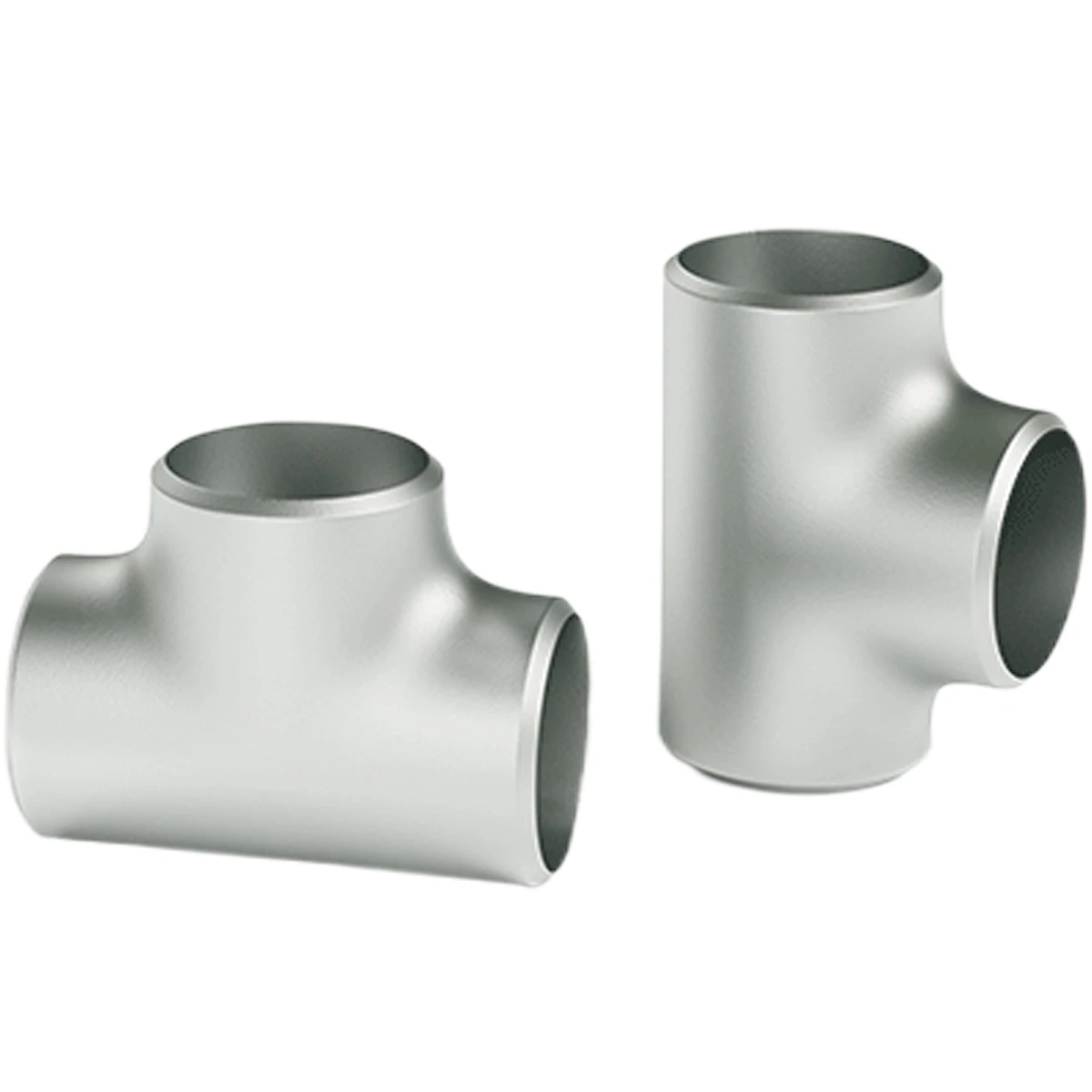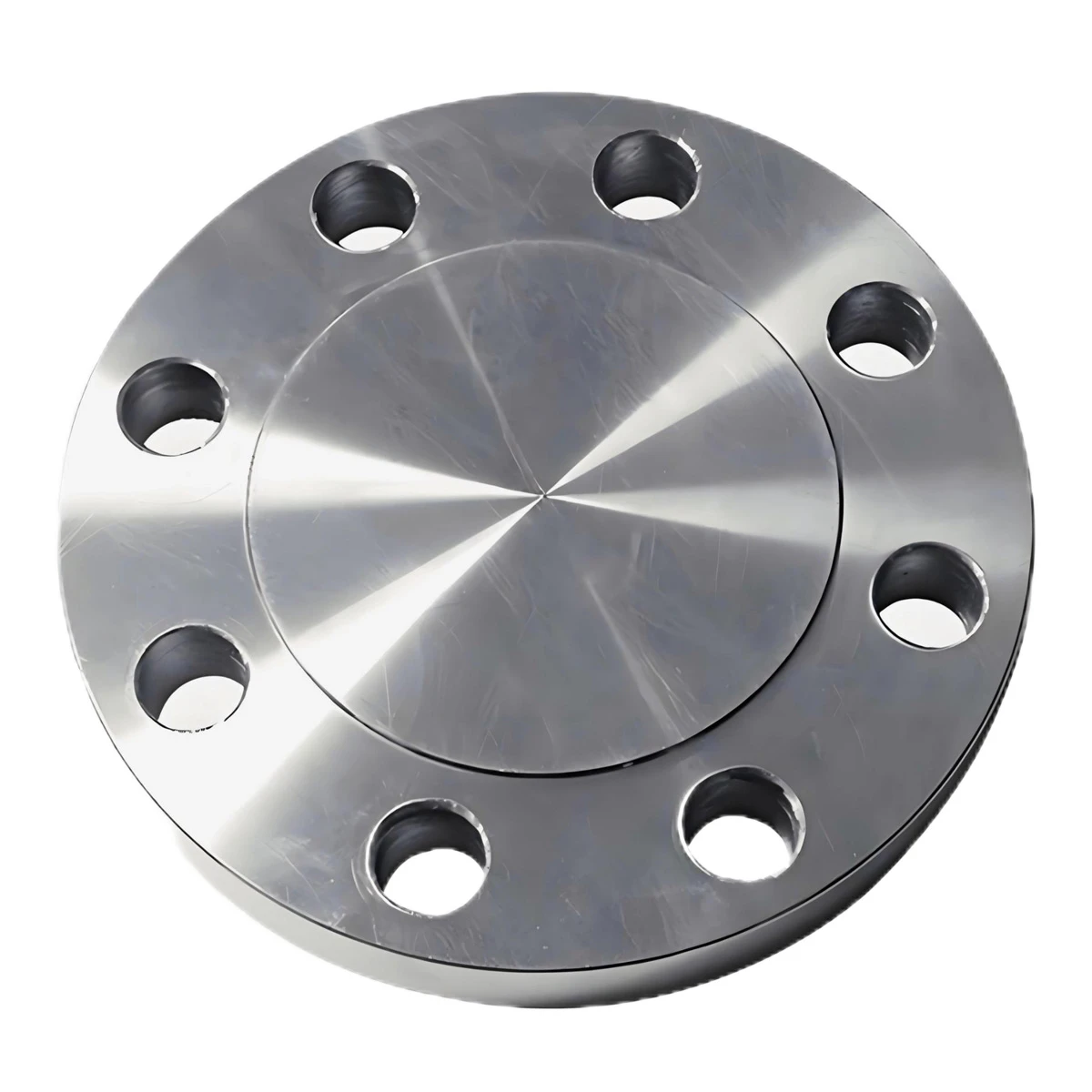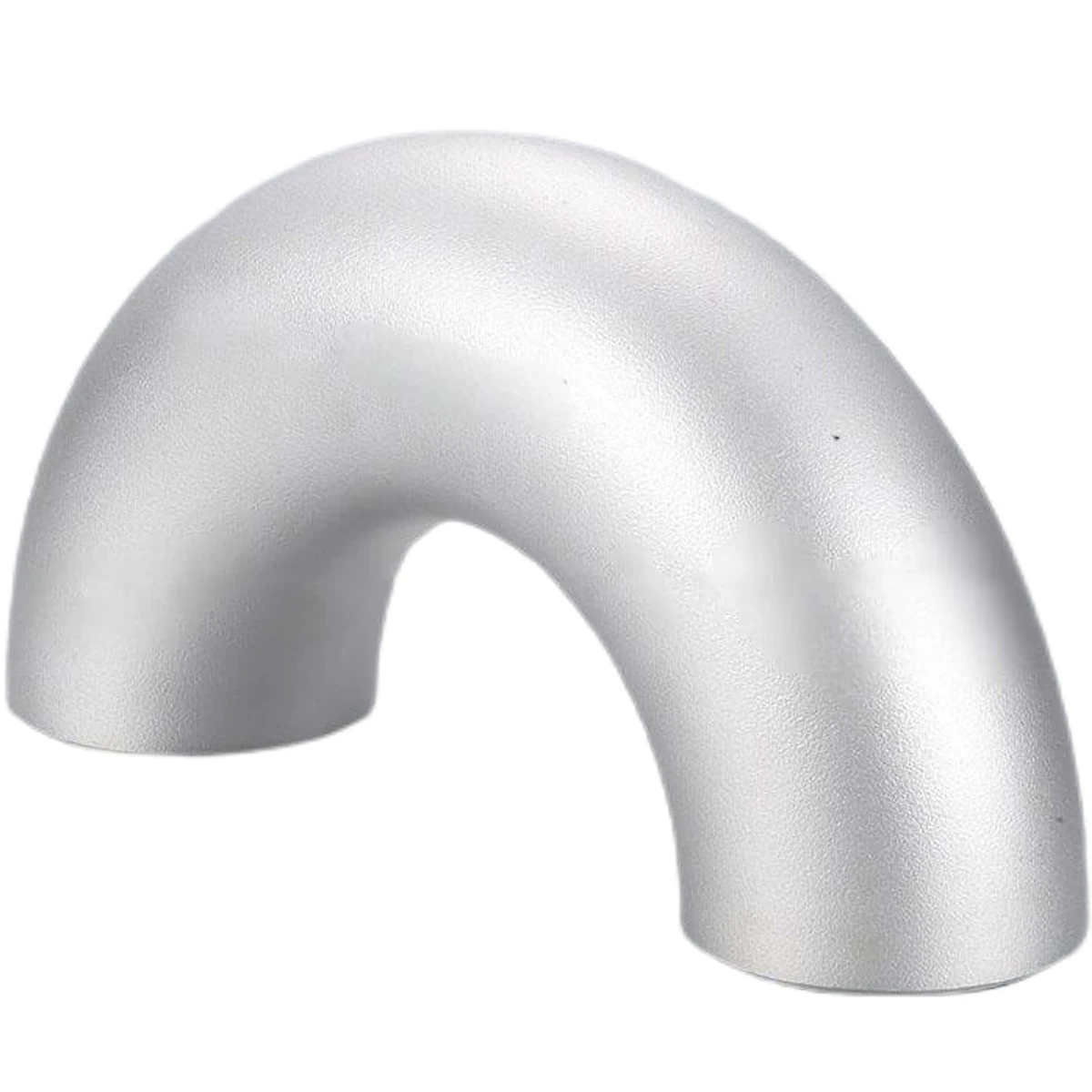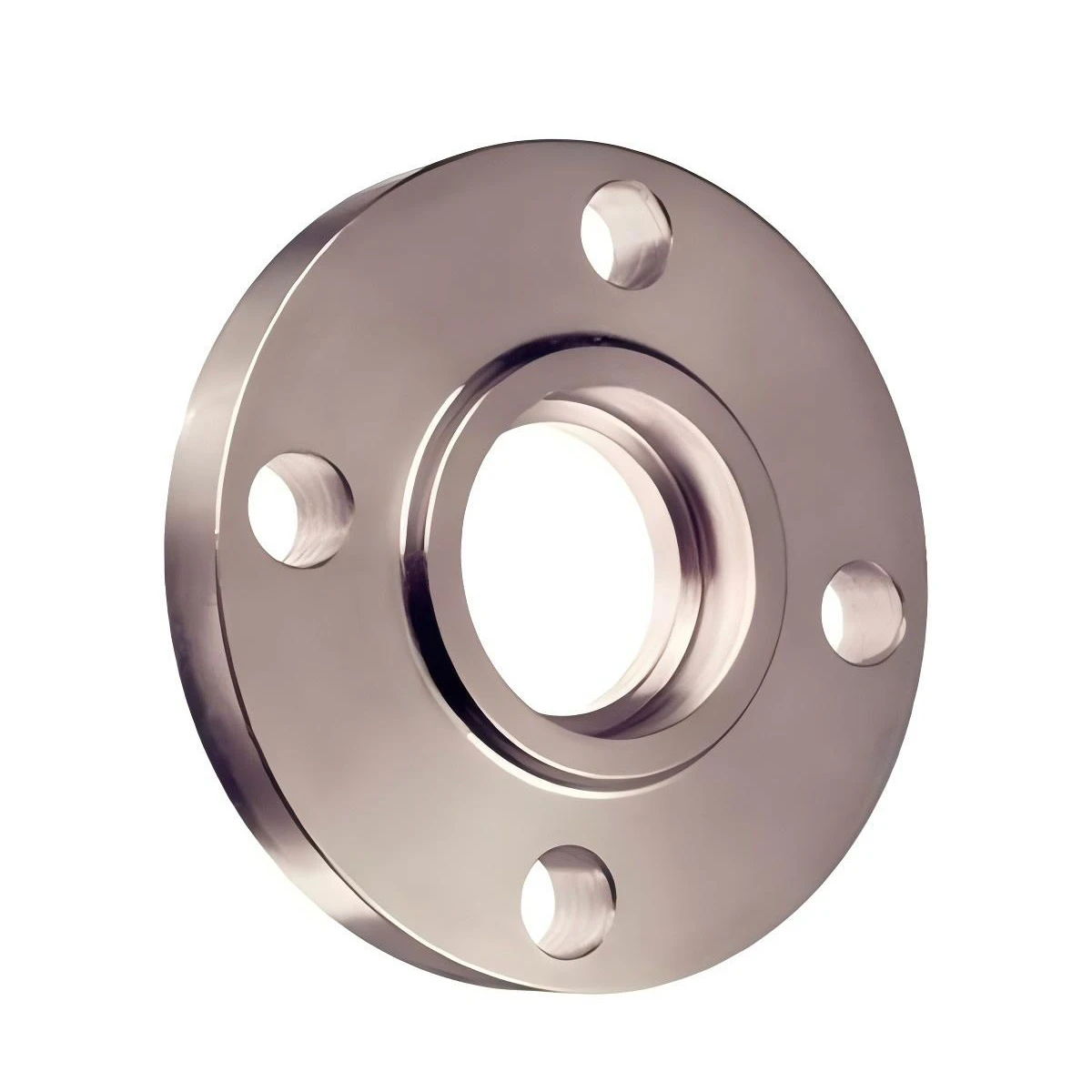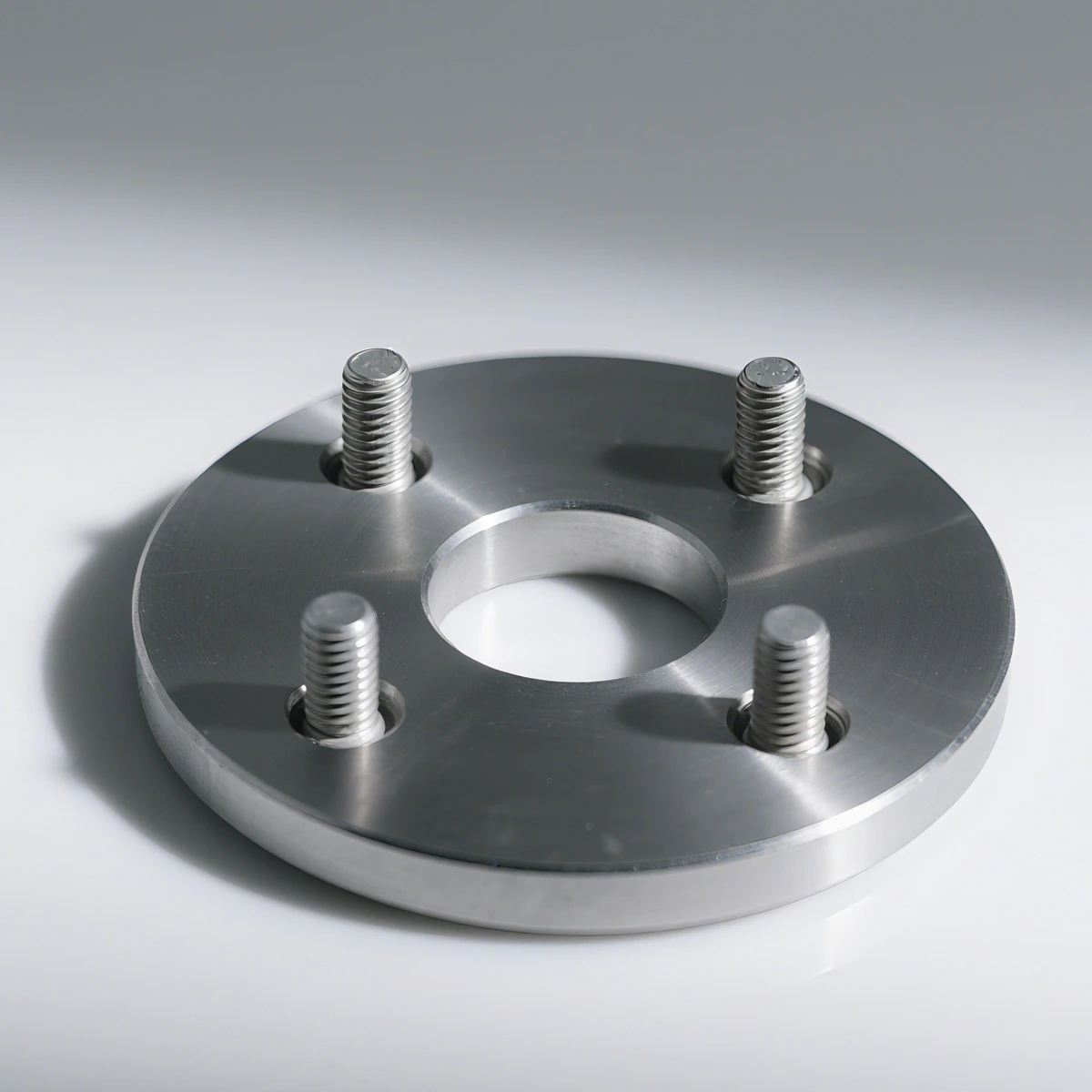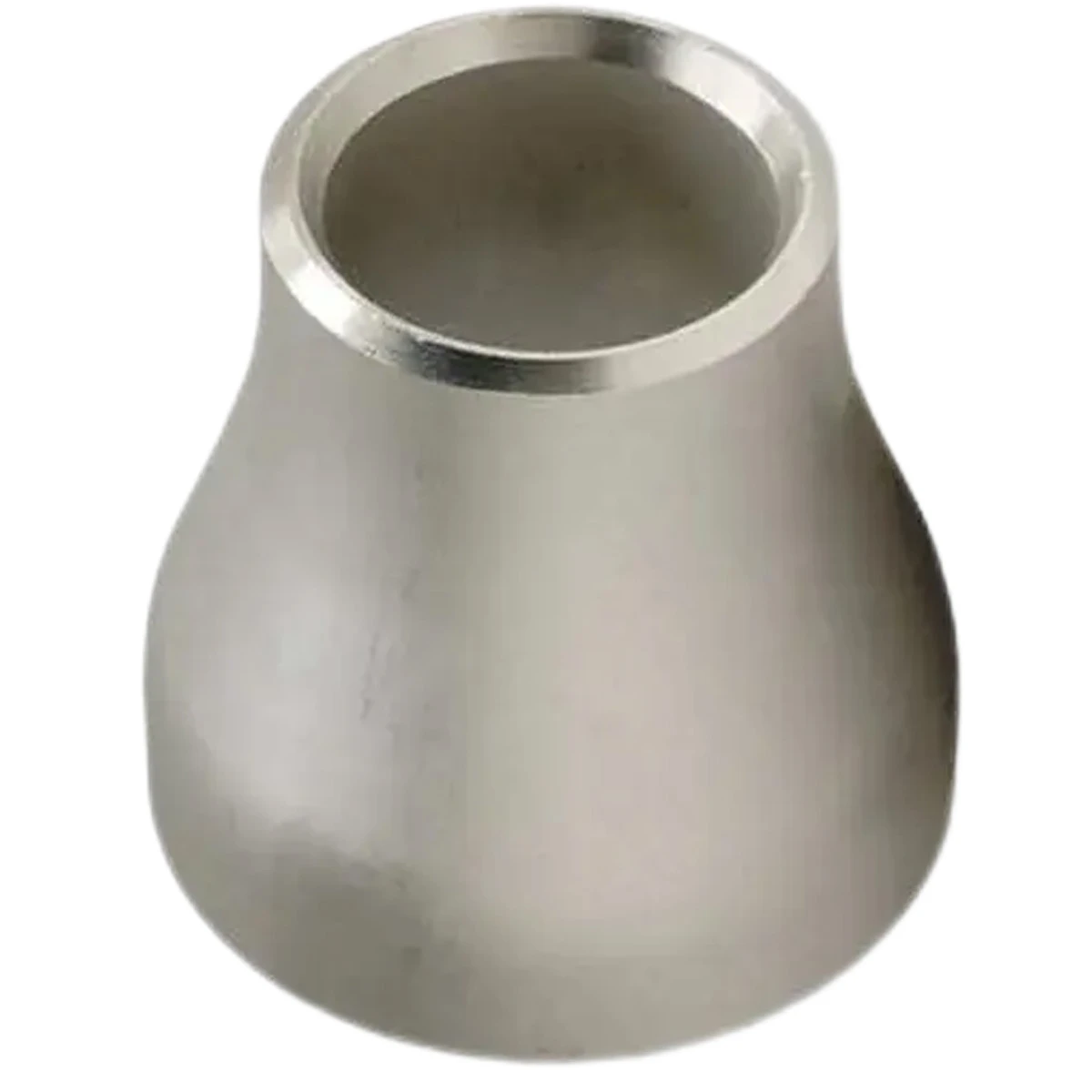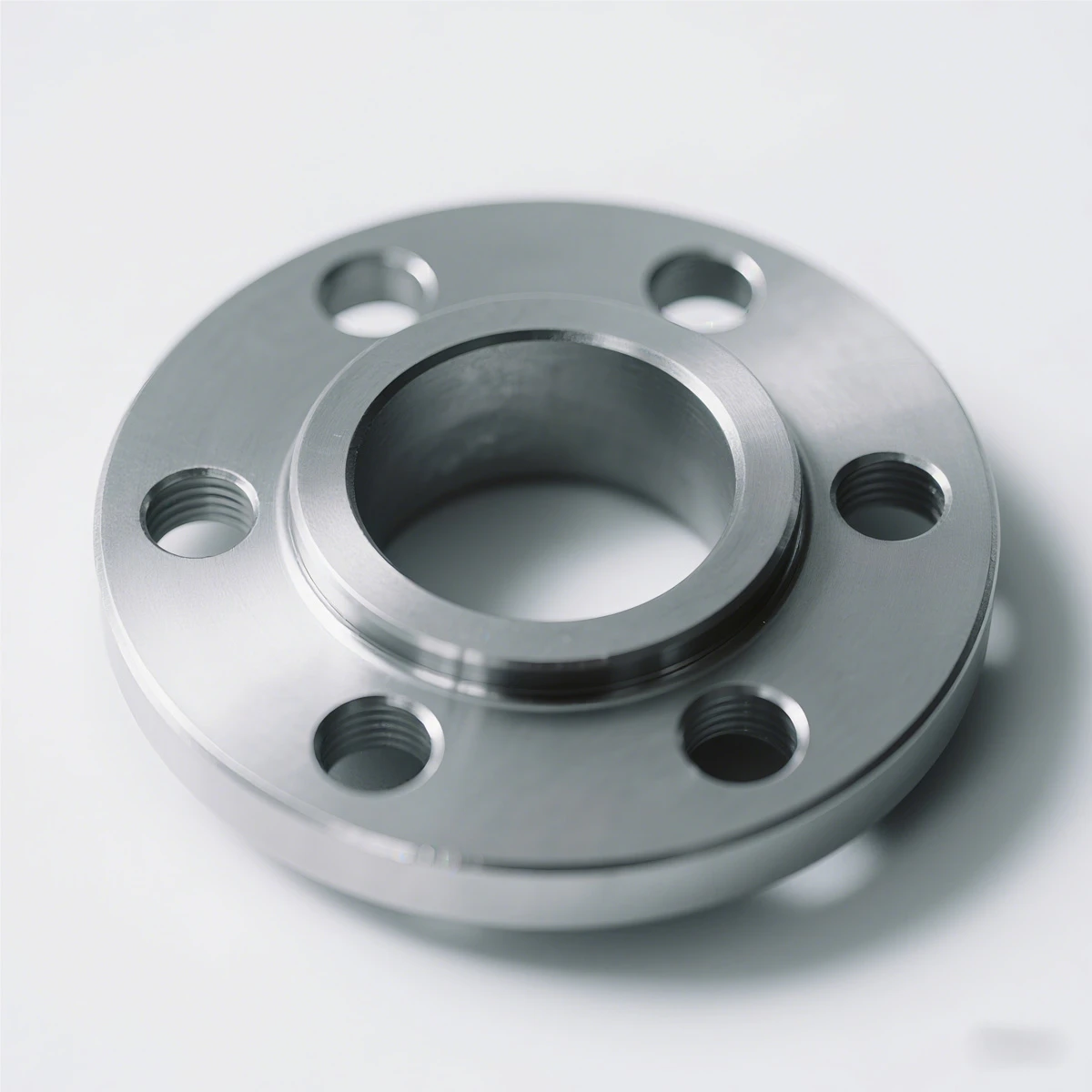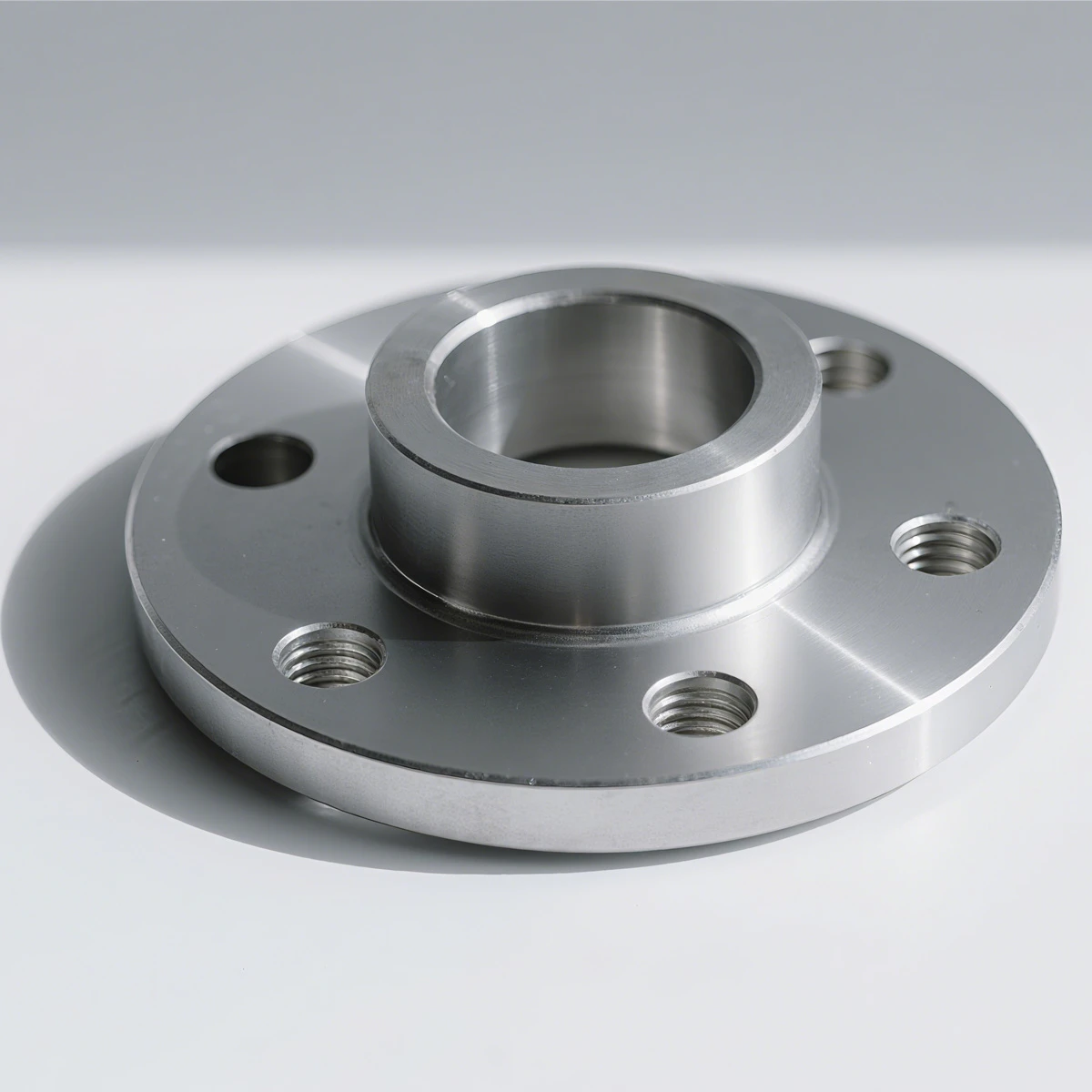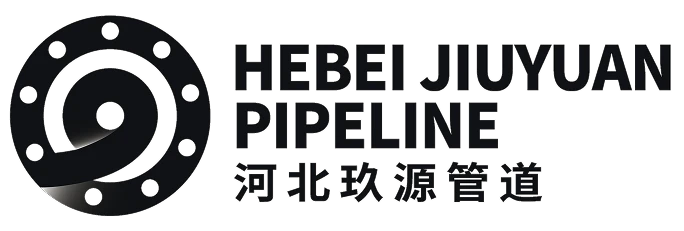
- Albanian
- Arabic
- Armenian
- Azerbaijani
- Belarusian
- Bengali
- Bulgarian
- Croatian
- Czech
- Danish
- Dutch
- English
- Esperanto
- Finnish
- French
- German
- Greek
- Hebrew
- Hungarian
- Indonesian
- irish
- Italian
- Japanese
- Khmer
- Korean
- Kyrgyz
- Lao
- Latin
- Lithuanian
- Malay
- Myanmar
- Norwegian
- Persian
- Polish
- Portuguese
- Romanian
- Russian
- Serbian
- Slovak
- Slovenian
- Spanish
- Swedish
- Tagalog
- Thai
- Turkish
- Turkmen
- Uzbek
- Vietnamese
- Zulu
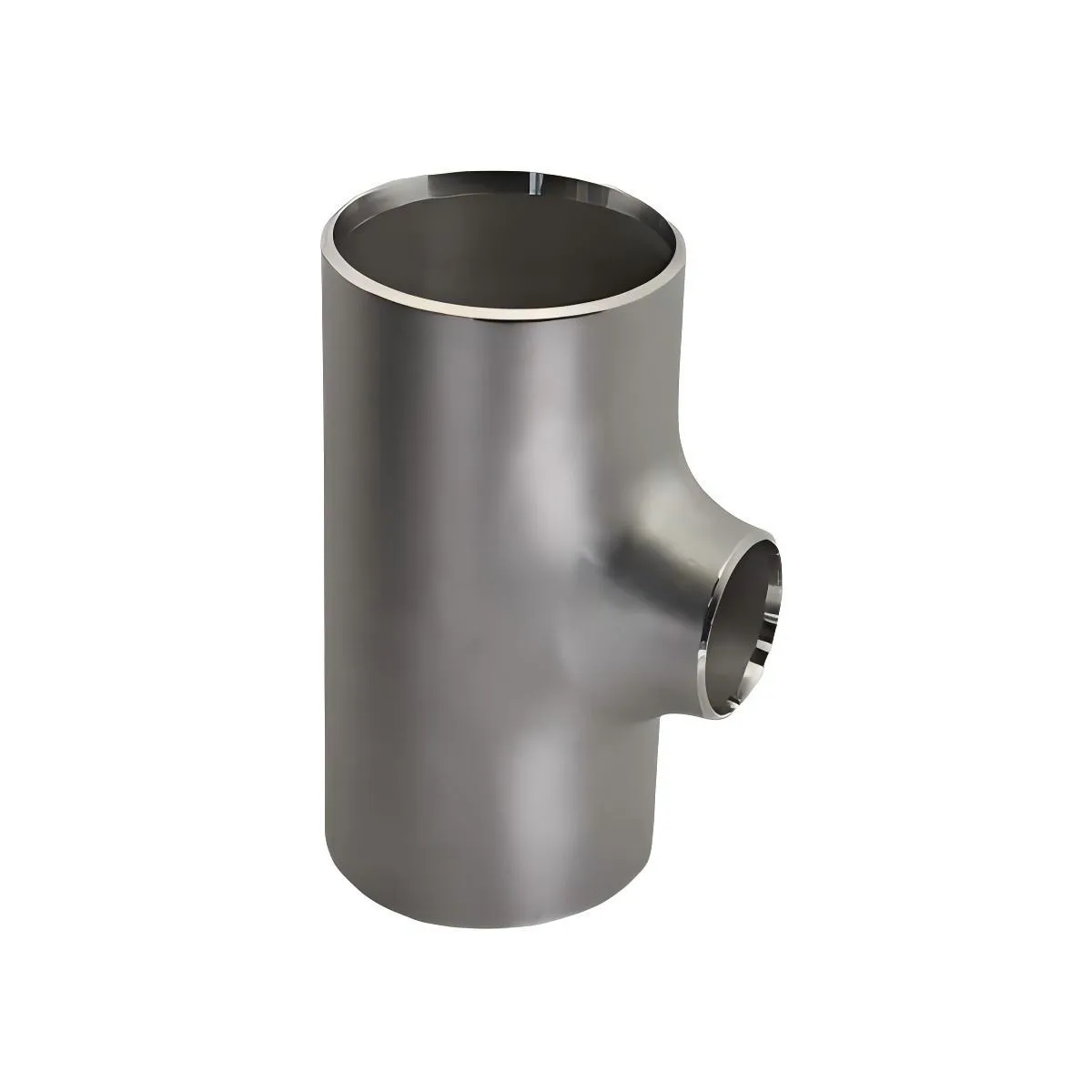
In the intricate world of industrial piping, few components are as fundamental and critical as the pipe tees. These T-shaped fittings are the cornerstone of any fluid distribution network, enabling the division or combination of flows with unparalleled efficiency. From sprawling petrochemical plants to intricate pharmaceutical manufacturing lines, the reliability of a piping system often hinges on the quality of its tees. This guide provides a comprehensive exploration of pipe tees, covering everything from advanced manufacturing techniques and material science to real-world applications and customization possibilities. We will delve into specialized variants like the robust stainless steel tee and the versatile side outlet tee, equipping you with the expert knowledge needed to specify the perfect component for your project.
As a leading manufacturer, HBJY Pipeline is committed to pushing the boundaries of what's possible, delivering products that not only meet but exceed the stringent demands of modern industry. Our commitment is backed by rigorous quality control, adherence to international standards like ASME and ISO, and a deep understanding of our clients' operational challenges.

Industry Trends: The Evolving Demand for High-Performance Pipe Tees
The global market for industrial pipe fittings is on a significant upward trajectory. According to a market analysis by Grand View Research, the market is projected to expand at a compound annual growth rate (CAGR) of over 5.5% from 2023 to 2030. This growth is propelled by escalating investments in infrastructure, oil and gas exploration, and chemical processing facilities worldwide. Within this market, pipe tees represent a substantial segment, with a growing emphasis on high-performance materials like stainless steel and specialized alloys. The demand for a stainless steel tee, in particular, is surging due to its superior corrosion resistance, high-temperature strength, and hygienic properties, making it indispensable in the food & beverage, pharmaceutical, and LNG sectors.
Global Industrial Pipe Fittings Market Growth
Another key trend is the move towards custom-engineered solutions. Standard, off-the-shelf components no longer suffice for complex, high-stakes projects. This has led to an increased demand for fittings like the side outlet tee (also known as a four-way tee), which can simplify complex piping layouts, reduce the number of welds, and minimize potential leak points. Manufacturers who can provide these tailored solutions, backed by robust engineering support and rapid prototyping, are setting new benchmarks for the industry.
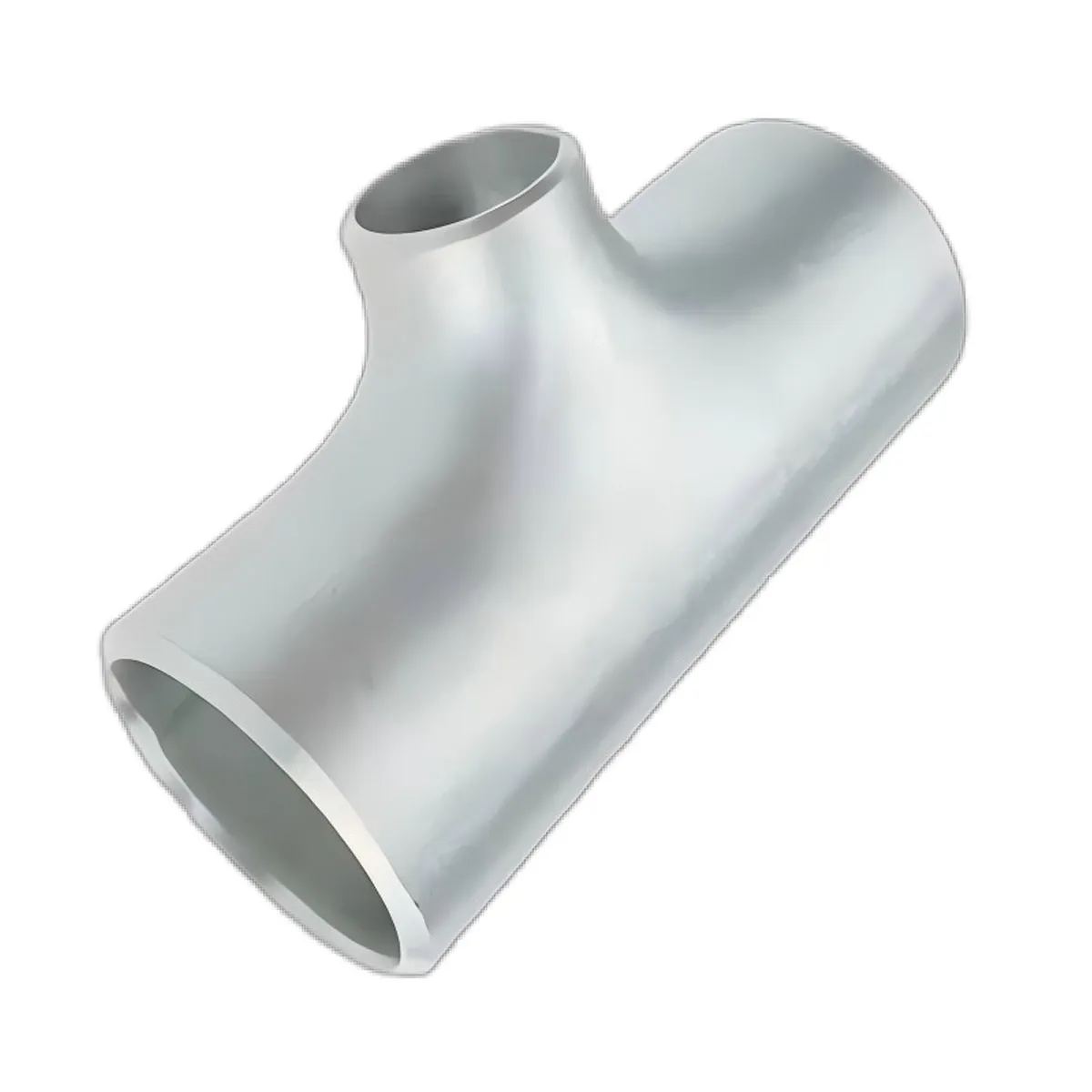
Technical Specifications: Understanding the Anatomy of a Pipe Tee
Selecting the correct pipe tees requires a thorough understanding of their technical parameters. These specifications are not arbitrary; they are governed by strict international standards to ensure safety, compatibility, and performance. The most prominent standard is ASME B16.9, which covers factory-made wrought buttwelding fittings. Below is a detailed table outlining the critical parameters for our Tees pipe product line.
| Parameter | Specification Details | Importance & Impact |
|---|---|---|
| Types | Equal Tee, Reducing Tee, Barred Tee, Lateral Tee, Side Outlet Tee | Determines the flow characteristics. Equal tees have same-sized openings, while reducing tees have a smaller branch. |
| Size Range | Seamless: 1/2" to 24" (DN15-DN600) Welded: 1/2" to 72" (DN15-DN1800) |
Defines the nominal pipe size (NPS) the tee can connect with. Critical for system compatibility. |
| Wall Thickness (Schedule) | SCH 10, SCH 20, SCH 30, STD, SCH 40, SCH 60, XS, SCH 80, SCH 100, SCH 120, SCH 140, SCH 160, XXS | Correlates to the pipe's pressure rating. Higher schedule numbers indicate thicker walls for high-pressure applications. |
| Materials | Stainless Steel: ASTM A403 WP304/304L, WP316/316L, WP321, WP347 Carbon Steel: ASTM A234 WPB, WPC Alloy Steel: ASTM A234 WP5, WP9, WP11, WP12, WP22, WP91 Duplex Steel: S31803, S32205 |
The core of performance. Choice depends on corrosion resistance, temperature, pressure, and fluid compatibility requirements. |
| Manufacturing Standards | ASME/ANSI B16.9, ASME B16.28, MSS-SP-43, MSS-SP-75 | Ensures dimensional accuracy, material integrity, and interchangeability of fittings from different certified manufacturers. |
| End Connections | Butt Weld (BW), Socket Weld (SW), Threaded (NPT) | Defines how the tee is connected to the pipe. Butt welding is the most common for high-integrity systems. |
The Art of Creation: Our Meticulous Manufacturing Process
The performance and reliability of a pipe tee are direct results of its manufacturing process. At HBJY Pipeline, we employ state-of-the-art techniques to produce fittings of exceptional quality. While methods like casting and CNC machining have their place, the majority of our high-performance tees are created through forging and forming processes like hydraulic bulging or hot extrusion, which enhance the material's grain structure and mechanical strength.
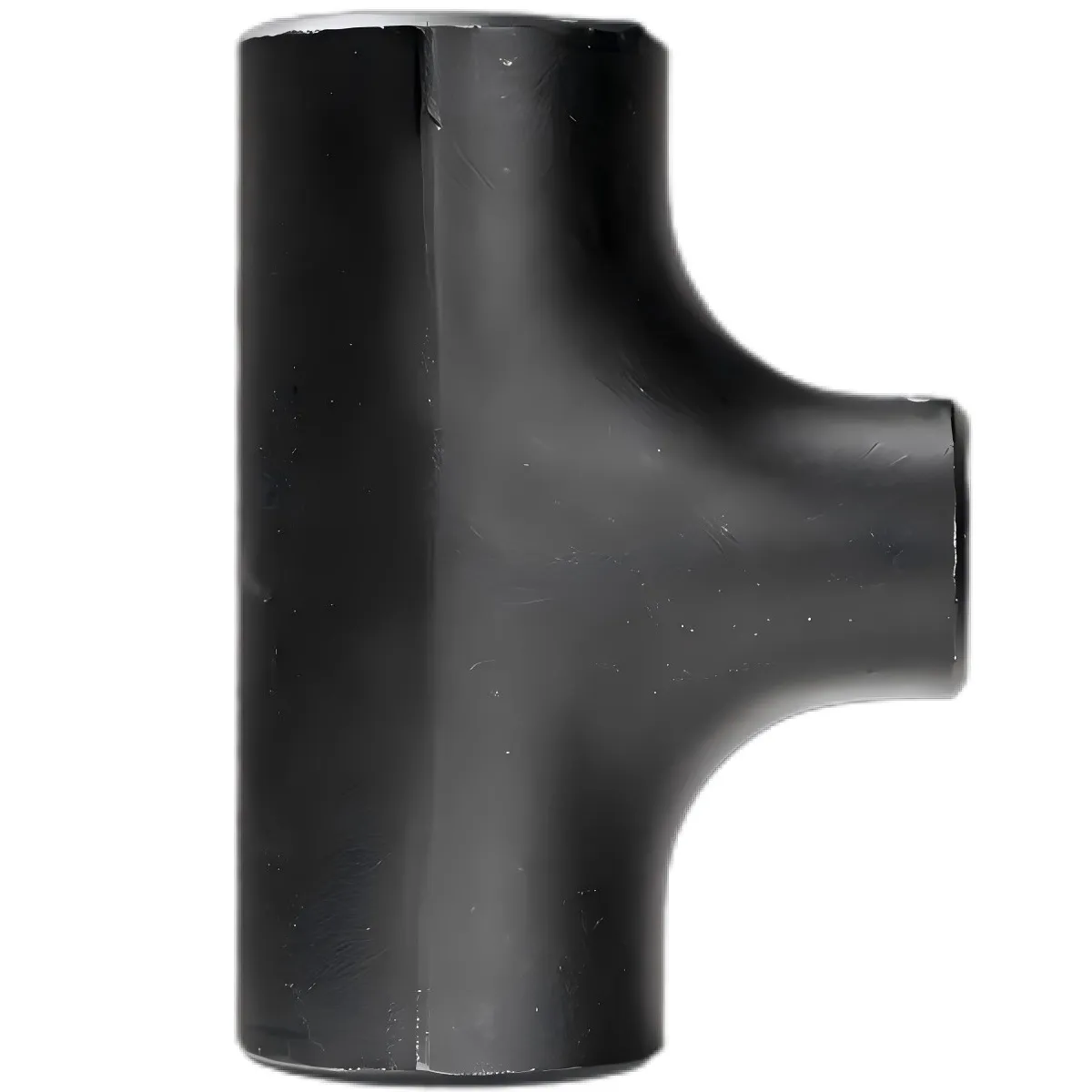
Manufacturing Flowchart Explained:
Raw Material Inspection & Cutting
Certified seamless pipes (e.g., ASTM A312 for stainless steel tee) are inspected for chemical and physical properties before being cut to precise lengths.
Heating
The cut pipe section is heated to a specific, controlled temperature in an induction furnace to make it malleable for forming.
Hydraulic Bulging / Hot Forming
The heated pipe is placed in a die, and high-pressure liquid (or a mandrel in hot forming) is used to extrude the branch, forming the T-shape.
Beveling & Finishing
The ends of the tee are machined to create beveled edges (as per ASME B16.25) for perfect weld preparation. The surface is then shot-blasted and finished.
Heat Treatment
Fittings undergo heat treatment (e.g., solution annealing for stainless steel) to relieve stresses from the forming process and optimize mechanical properties.
Rigorous Testing & QC
100% inspection including dimensional checks, visual tests, and NDT (Non-Destructive Testing) like Ultrasonic Testing (UT) and Radiographic Testing (RT).
This process ensures that every pipe tee we produce possesses a uniform wall thickness and an optimized grain flow, which translates to superior pressure containment and fatigue resistance compared to cast or fabricated fittings. All testing is performed in accordance with international standards (e.g., ISO 9001:2015, PED 2014/68/EU) to guarantee verifiable quality.
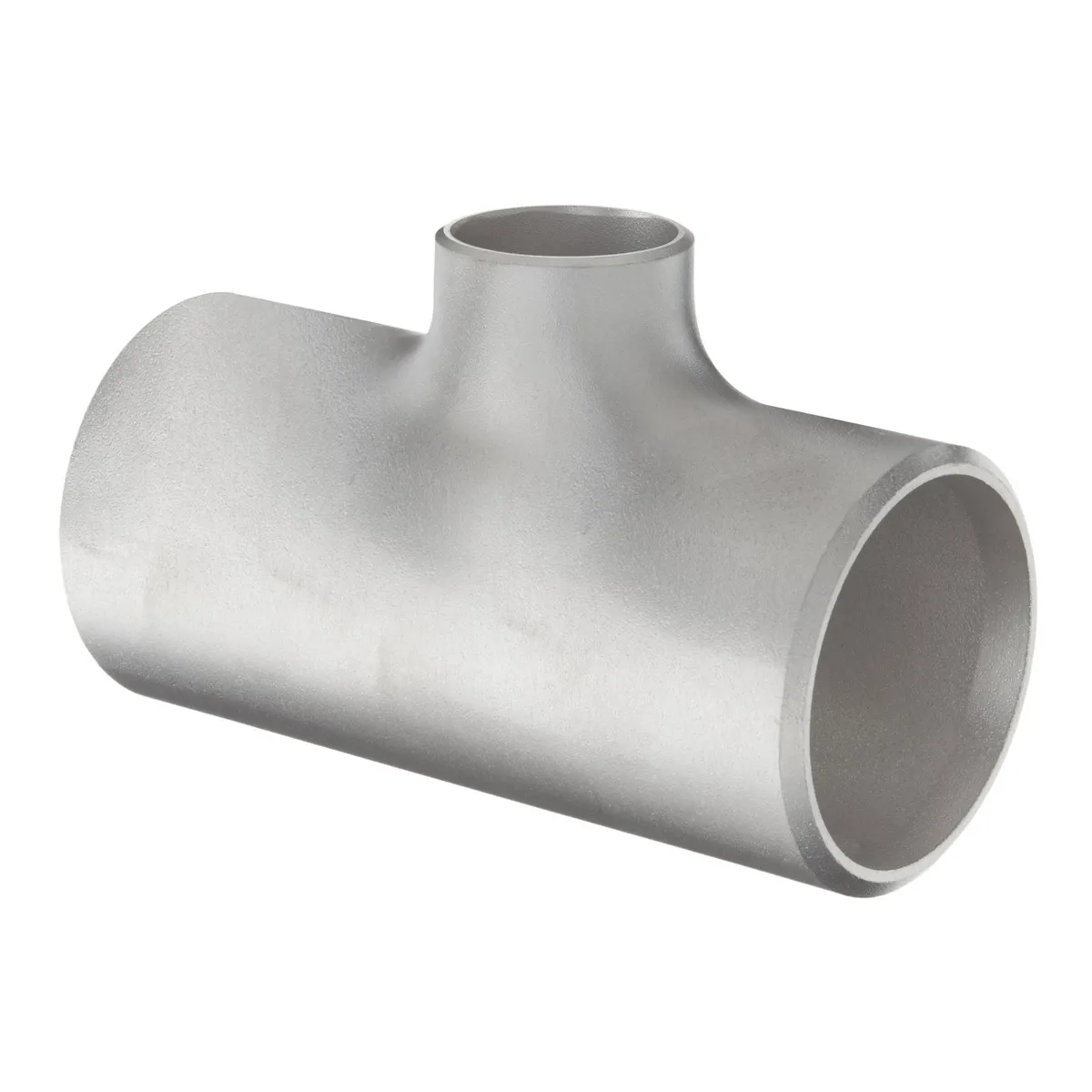
Performance Benchmarking: HBJY Pipeline vs. The Competition
In a crowded market, discerning quality is paramount. It’s not just about the product itself, but the entire ecosystem of manufacturing precision, certification, and support that surrounds it. Here’s how HBJY Pipeline's pipe tees stack up against industry averages.
| Feature | HBJY Pipeline | Generic Competitor A | Generic Competitor B |
|---|---|---|---|
| Material Traceability | Full MTR (Mill Test Report) traceability from raw material to finished product (EN 10204 3.1). | Partial traceability, often lacking detailed chemical analysis. | Traceability available upon request, may incur extra costs. |
| Dimensional Tolerance | Strictly adheres to or exceeds ASME B16.9 standards. | Meets minimum standard requirements, higher variance. | Within standard, but less consistent batch-to-batch. |
| Certifications | ISO 9001, API, PED, ABS certified. | ISO 9001 only. | ISO 9001, some product-specific certs. |
| NDT Inspection Rate | 100% UT, MT, or PT on critical areas as standard procedure. | Random sampling/batch testing. | Testing available as an add-on service. |
| Customization Capability | Full customization including materials, dimensions, and types like side outlet tee. | Limited to standard catalogue items. | Minor modifications on standard products only. |
Material Usage in High-Performance Pipe Tees
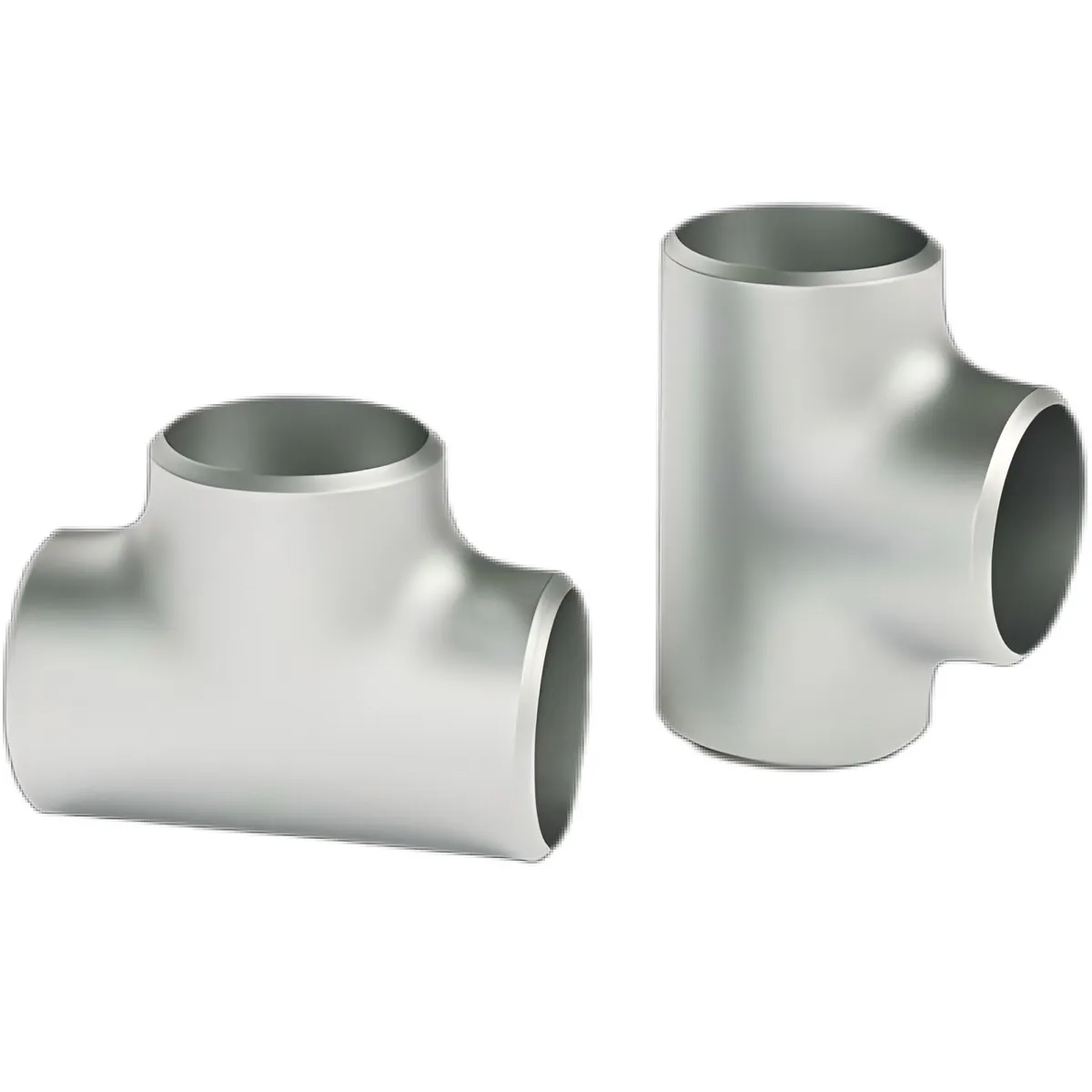
Customized Solutions: Engineering Beyond the Standard
Standard pipe tees serve a vast range of applications, but cutting-edge projects demand engineered solutions. HBJY Pipeline thrives on these challenges. Our engineering team collaborates with clients to develop custom pipe tees tailored to unique operational environments.
- Specialized Materials: Need a tee for highly corrosive hydrofluoric acid service or cryogenic LNG applications? We can manufacture from exotic alloys like Inconel, Monel, Hastelloy, or cryogenic-grade stainless steel tee variants (e.g., 304L, 316LN).
- Unique Geometries: We specialize in complex fittings like the side outlet tee, which combines a tee and an outlet in one fitting, saving space and fabrication costs. We can also produce tees with non-standard angles or unequal run pipe sizes.
- Reinforcement and Barring: For pigging operations in pipelines, we produce barred tees, which feature internal bars to guide the pig through the main pipe run without it getting stuck in the branch.
- Protective Coatings: To enhance longevity in harsh environments, we offer a range of coatings including Fusion Bonded Epoxy (FBE), 3-Layer Polyethylene (3LPE), and specialized paints for offshore or buried applications.
Applications in Action: Where Our Pipe Tees Excel
The true measure of a component is its performance in the field. Our pipe tees are trusted by leading companies across a multitude of sectors, ensuring the safe and efficient transport of critical fluids.
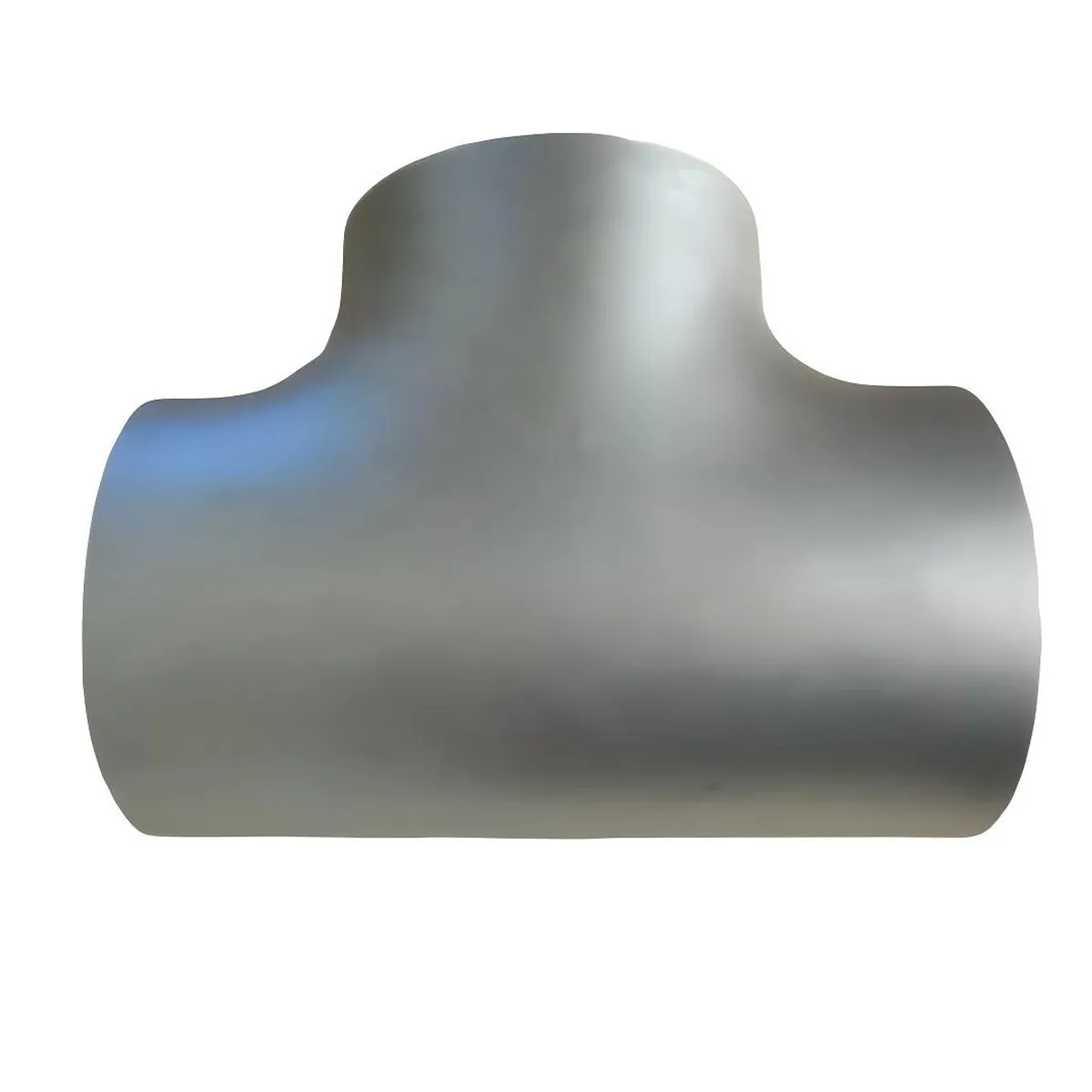
- Petrochemical & Refining: In high-temperature, high-pressure environments containing corrosive hydrocarbons, our alloy steel and stainless steel tee fittings provide exceptional service life and safety, preventing costly downtime and environmental risks.
- Power Generation: From conventional steam power plants to nuclear facilities, our pipe tees meet the stringent requirements for boiler feedwater, steam lines, and cooling systems, withstanding extreme thermal cycling and pressure.
- Water & Wastewater Treatment: The superior corrosion resistance of our 316L stainless steel tee products makes them ideal for desalination plants, municipal water distribution, and wastewater treatment facilities, ensuring purity and preventing contamination.
- Shipbuilding & Offshore: In the saline environment of marine applications, our duplex stainless steel and specially coated pipe tees resist pitting and crevice corrosion, vital for ballast systems, cooling water lines, and fire suppression systems.
Case Study: Enhancing LNG Terminal Safety with Cryogenic Stainless Steel Tees
Client: A leading EPC contractor for a new LNG regasification terminal in Southeast Asia.
Challenge: The project required over 500 tees for cryogenic piping systems operating at -162°C (-260°F). The material needed to maintain ductility and impact strength at these extreme temperatures to prevent brittle fracture. Standard carbon steel was unsuitable.
Solution: HBJY Pipeline's technical team recommended and supplied ASTM A403 WP316L stainless steel tee fittings. We provided a complete package of documentation, including low-temperature Charpy impact test results for each heat lot, demonstrating full compliance with ASME B31.3 process piping code for cryogenic service.
Outcome: The project was completed on schedule with zero material-related failures. The client reported enhanced system integrity and praised our proactive technical support and rigorous quality assurance, which were crucial for the project's safety case approval.
Pressure Rating Comparison by Material (SCH 40)
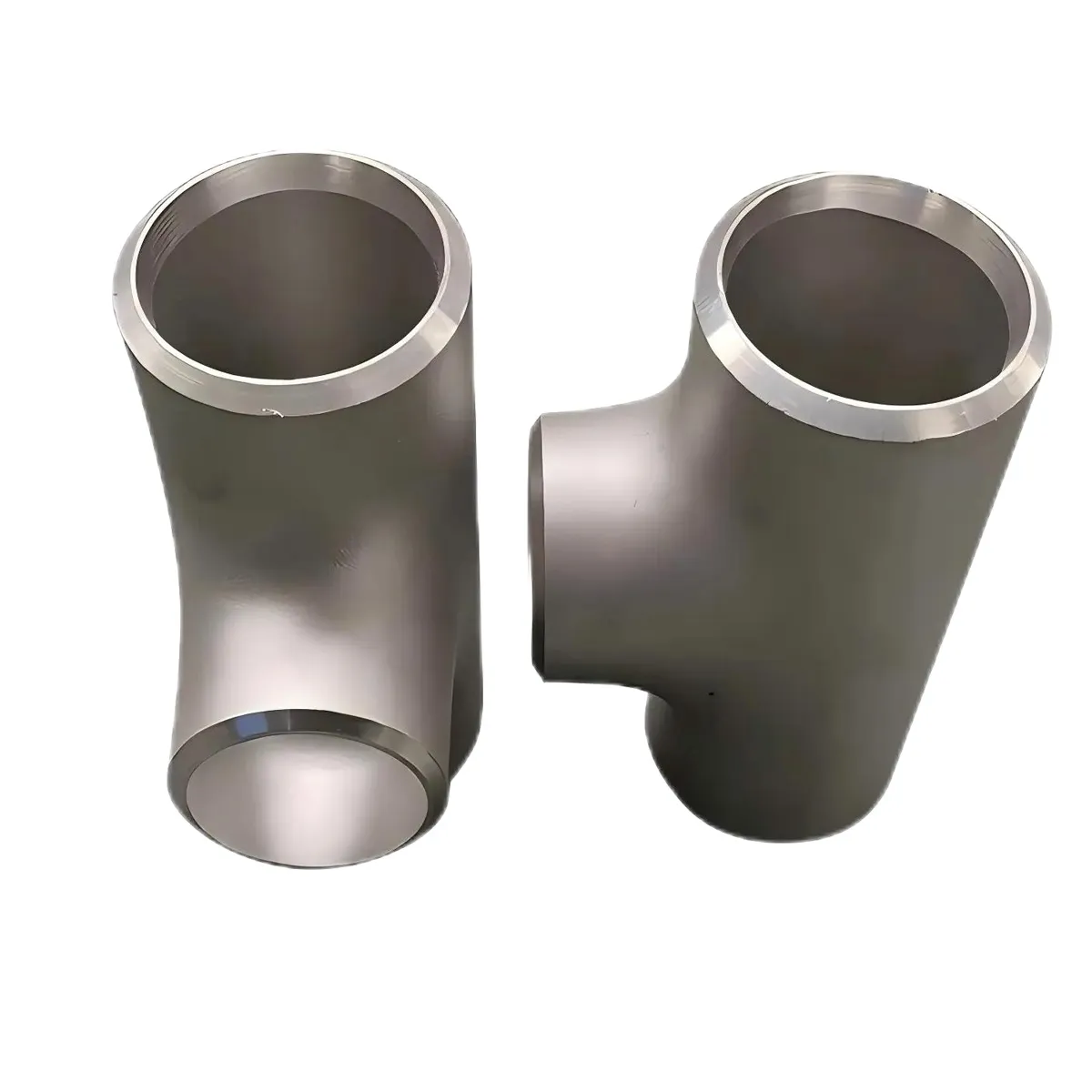
Building Trust: Our Commitment to Quality, Delivery, and Support
Trust is not given; it is earned. We build trust with every fitting we ship. Our entire operation is geared towards providing our customers with peace of mind, knowing they are installing a product of uncompromising quality.
Quality Assurance
Our quality management system is certified to ISO 9001:2015. Every pipe tee is supplied with an EN 10204 3.1 material certificate, ensuring full traceability. We welcome third-party inspections (TPI) from agencies like Bureau Veritas, SGS, or Lloyd's Register.
On-Time Delivery
We understand that project timelines are critical. Our efficient production planning and robust supply chain management ensure we meet agreed-upon delivery schedules, minimizing delays and keeping your project on track.
Warranty & Support
We stand behind our products with a comprehensive warranty against manufacturing defects. Our customer support team, comprised of experienced engineers, is available to assist with technical queries, installation guidance, and post-sales support.
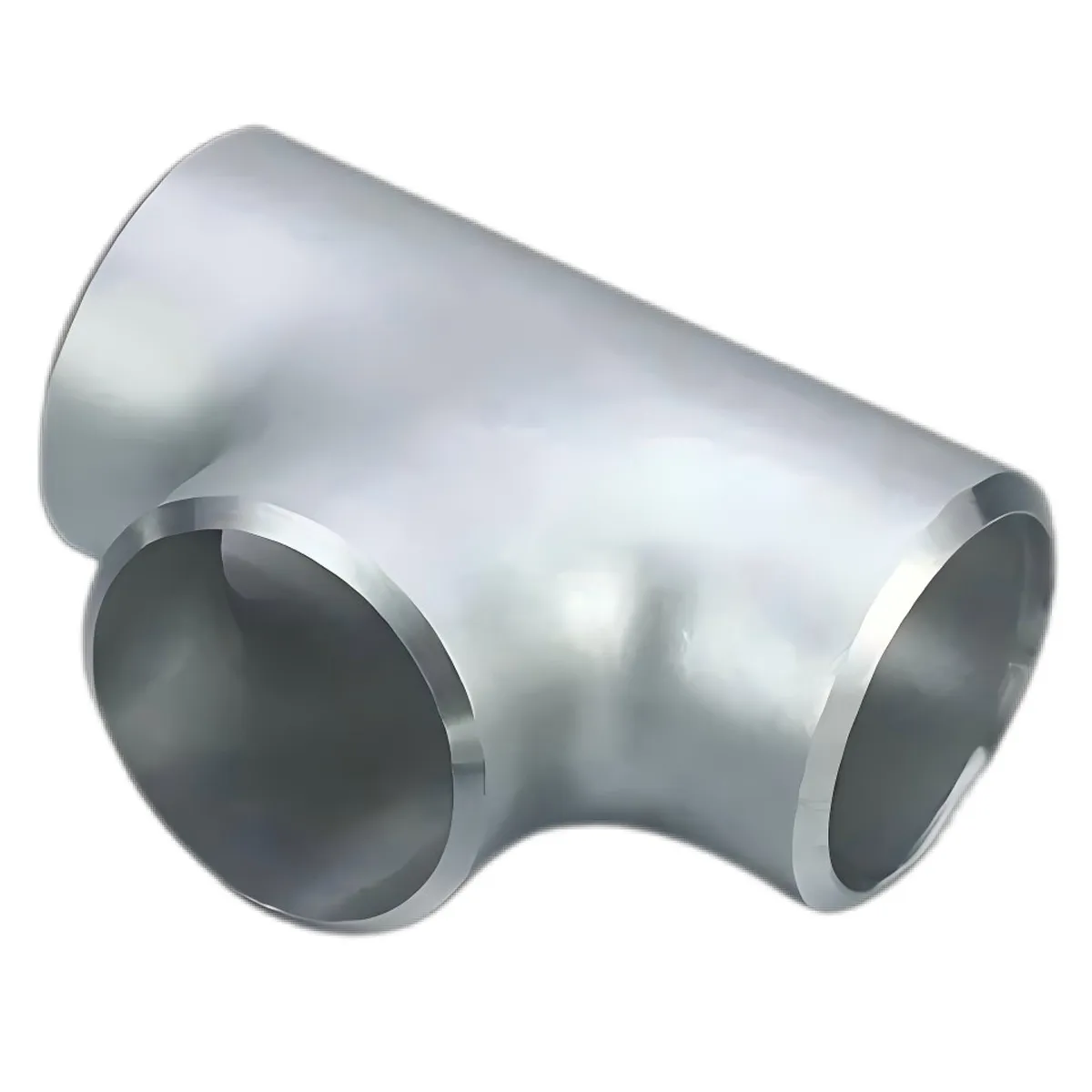
Frequently Asked Questions (FAQ)
An Equal Tee (or Straight Tee) has all three openings of the same diameter. It is used to branch a pipe at a 90-degree angle while maintaining the same pipe size. A Reducing Tee has a branch port that is smaller in diameter than the main run ports. It is used to branch off to a smaller pipe size, which is common in distribution networks where flow is divided and velocity needs to be managed.
Material selection is critical and depends on four main factors: the fluid being transported (corrosiveness), the operating temperature, the system pressure, and the external environment. For general water or low-pressure steam, Carbon Steel (ASTM A234 WPB) is cost-effective. For corrosive media, high temperatures, or hygienic applications, a stainless steel tee (like 304L or 316L) is required. For extremely corrosive or high-stress environments, duplex steels or nickel alloys may be necessary.
The Schedule (SCH) is a standard system for specifying the wall thickness of a pipe and its corresponding fittings, including pipe tees. A higher schedule number indicates a thicker wall. This is crucial for determining the pressure-holding capacity of the fitting. A SCH 80 tee has a thicker wall and a higher pressure rating than a SCH 40 tee of the same nominal size. The required schedule is determined by the design pressure and temperature of the piping system, as calculated per codes like ASME B31.3.
A side outlet tee, also known as a four-way fitting, has one inlet and three outlets (or vice-versa). It's essentially a standard tee with an additional outlet on the side, perpendicular to the main branch. They are used in complex piping arrangements to combine or split flows in multiple directions from a single point. This can reduce the number of fittings required, lower the overall installation cost, and minimize potential leak points compared to using multiple standard tees.
Yes, we can manufacture pipe tees suitable for sour service. This requires strict adherence to the NACE MR0175 / ISO 15156 standard, which governs materials for use in H2S-containing environments in oil and gas production. This involves using specific material grades with controlled chemistry and hardness, along with specialized heat treatment and testing procedures to prevent sulfide stress cracking (SSC).
ASME B16.9 is a foundational standard in the piping industry. It defines the overall dimensions, tolerances, ratings, testing, and markings for factory-made wrought buttwelding fittings in sizes NPS 1/2 through NPS 48. Adherence to this standard ensures that a pipe tee from one certified manufacturer will be dimensionally compatible with a pipe or another fitting from a different certified manufacturer, which is essential for global procurement and construction.
A seamless pipe tee is manufactured from a single piece of seamless pipe, with the branch formed through a hot forming or hydraulic bulging process. This results in a fitting with no welds and a uniform structure, generally preferred for high-pressure and critical applications. A welded tee is fabricated by welding pieces of pipe together or from a welded pipe as the starting material. While modern welding techniques are highly advanced, seamless tees are often specified for the most demanding services to eliminate any potential weld-related issues.
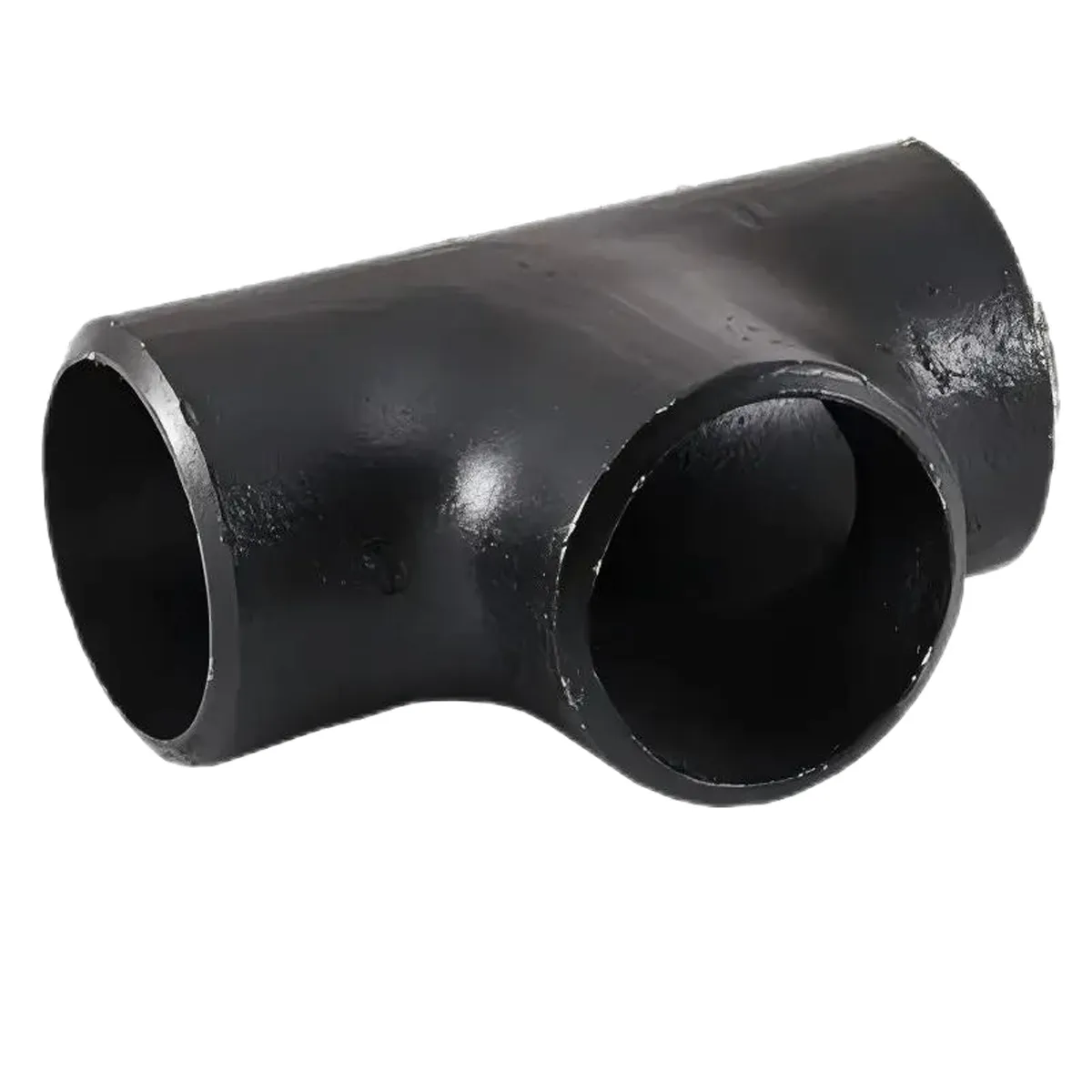
Further Reading & Authoritative References
Our commitment to expertise is rooted in continuous learning and adherence to the highest industry benchmarks. For professionals seeking to deepen their understanding of piping components and design principles, we recommend the following authoritative sources:
- American Society of Mechanical Engineers (ASME): The B31.3 Process Piping Code and B16.9 standard for Buttwelding Fittings are indispensable resources for any piping engineer. Visit ASME Codes & Standards.
- NACE International (now AMPP): For materials selection in corrosive environments, the NACE MR0175 / ISO 15156 standards are the global benchmark. Visit AMPP - The Association for Materials Protection and Performance.
- The Piping Engineering Blog: A community-driven resource offering practical insights and articles on piping design, materials, and stress analysis. An excellent source for real-world application knowledge. Visit Piping-Engineering.com.
-
 Apr. 24, 2025
Apr. 24, 2025Jiuyuan Pipeline is excited to announce its participation in the upcoming 2025 Wire / Tube with Metal & Steel KSA exhibition, scheduled from May 5th to May 7th, 2025.
-
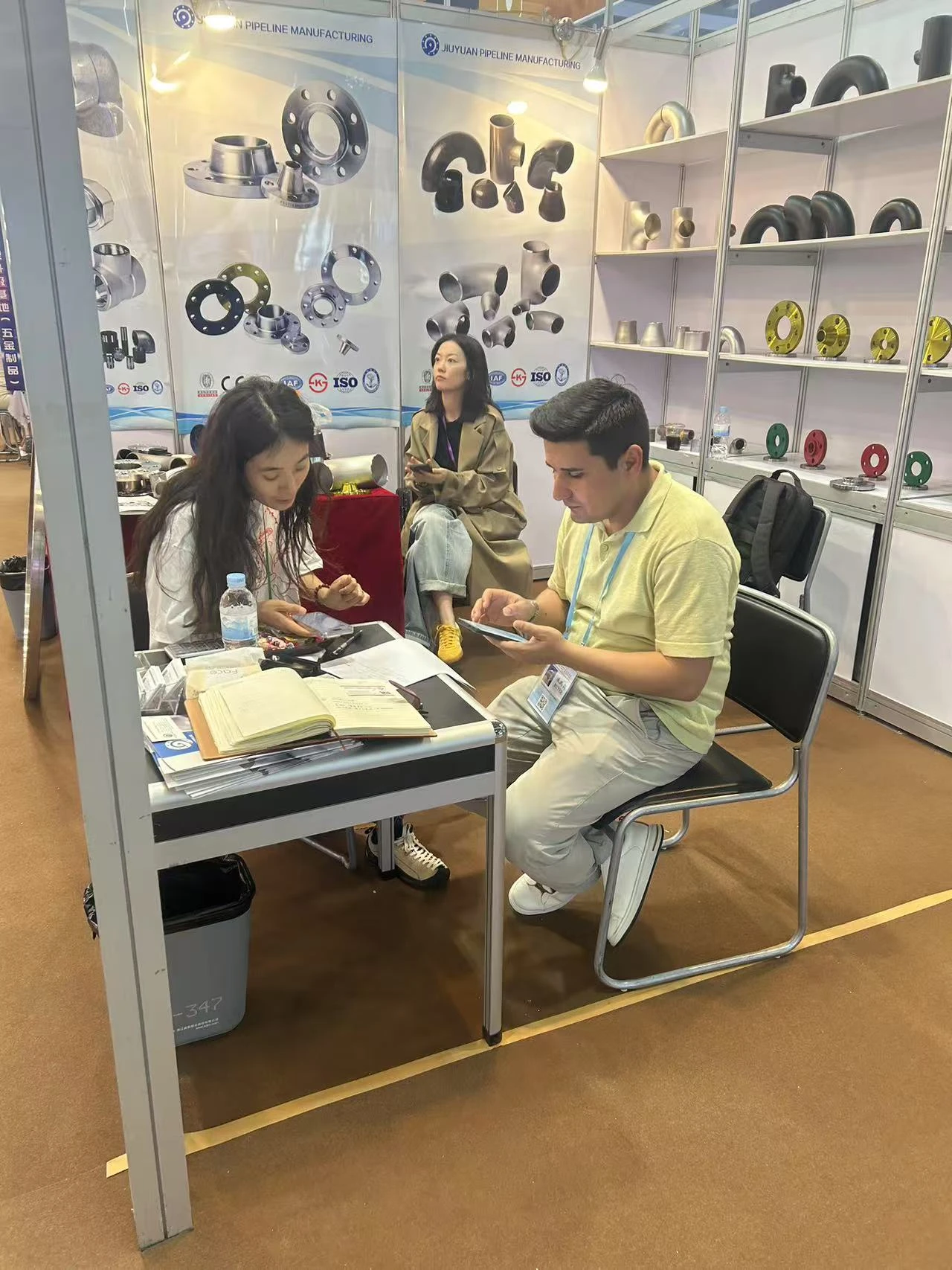 Apr. 28, 2025
Apr. 28, 2025From April 15 to April 19, 2025, our company proudly participated in the renowned Canton Fair held in Guangzhou, China.
If you are interested in our products, you can choose to leave your information here, and we will be in touch with you shortly.
